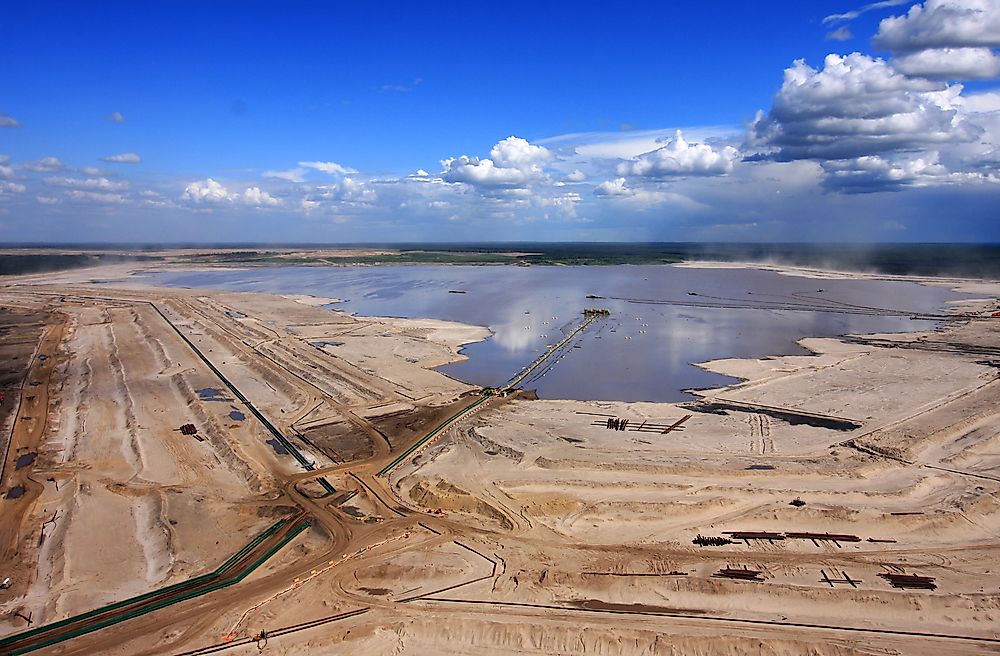What Are The Oil Sands?

Oil sands refer to unconventional petroleum deposit. It is composed of loose sands or sandstone that is partially consolidated. The sand includes a mixture of clay, sand, and water that is saturated with a form of petroleum called bitumen which is extremely viscous and dense. Thus, the other terms which refers to oil sands are tar sands, bituminous sands, or crude bitumen. Countries that have vast reserves of crude bitumen are Canada, Venezuela, Kazakhstan, and Russia.
The natural bitumen found in Canada is considered to be highly viscous and commercially hard to recover. Oil sands were included recently as part of oil reserves. Despite the oil sand being categorized under the controversial carbon which does not burn, its extraction has provided energy security.
History
Initially, the term “tar sands” was used during the late 19th and early 20th centuries to refer to the bituminous sands. During this period, bituminous sands was widely used. Consequently, a large residue of tar was released due to its excessive use. The use of bitumen, however, dates back even further when the early human beings used it in buildings and constructions. The use of bitumen for mummification and the construction of Egyptian pyramids has also been recorded.
Production And Extraction
Bituminous sands are considered to be the primary source of unconventional oil with Canada leading in the production of this type of oil. Some of the companies specialized in mining petroleum from oil sands are the Marathon Oil Corporation, Petro-Canada, and Syncrude Consortium, etc. Venezuela also has vast oil sand reserves.











